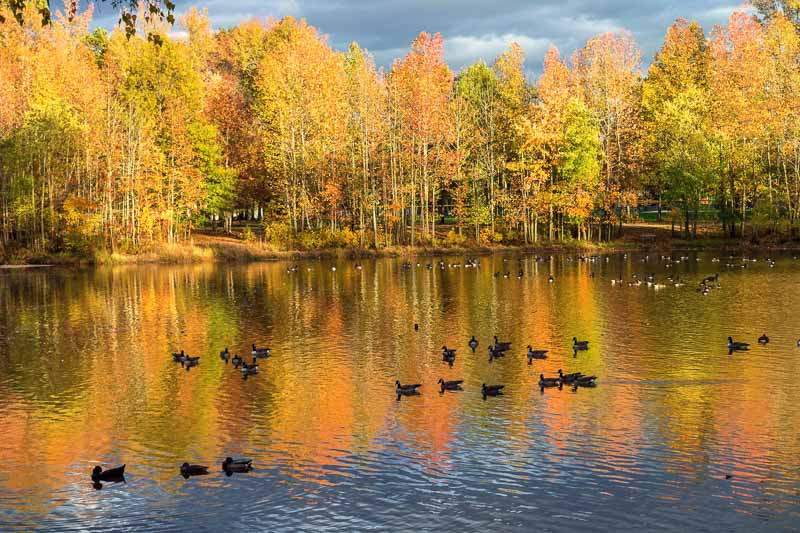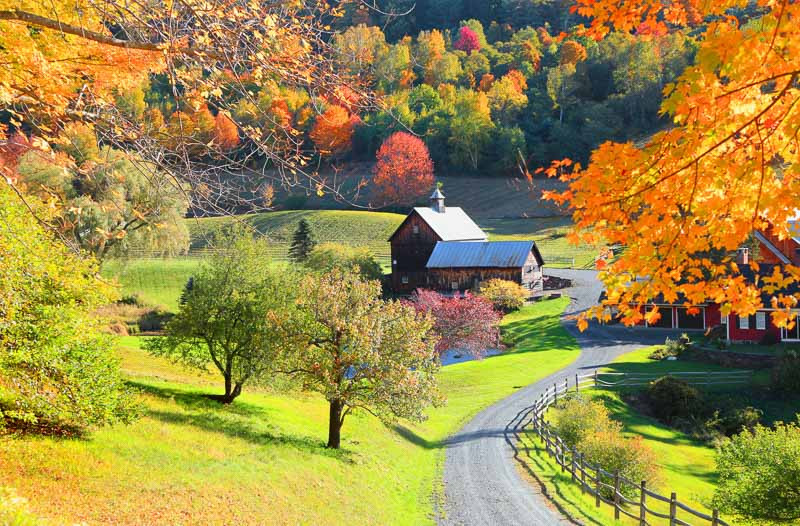Northeast Native Plants: Expert Tips for Gardening Success
Cultivating Northeast native plants in your garden not only enhances its beauty but also contributes positively to local biodiversity. These plants, adapted to local climates, generally demand less maintenance, reducing water, fertilizer, and pesticide use.
- First, understanding your specific site conditions – sunlight, soil type, moisture, and wind exposure is crucial. This information guides your plant selection.
- For sunny, dry areas, consider Black-Eyed Susan (Rudbeckia hirta) or Purple Coneflower (Echinacea purpurea), both offering vivid blooms. Shady spots benefit from plants like Spicebush (Lindera benzoin) or Wild Columbine (Aquilegia canadensis).
- Include a range of plant types. Deciduous trees like the beautiful Sugar Maple (Acer saccharum) provide shade and spectacular fall color. Shrubs such as Eastern Ninebark (Physocarpus opulifolius) offer multi-season interest. Colorful perennials like New England Aster (Symphyotrichum novae-angliae) bring dynamic changes throughout the season.
- Remember, the benefit of native plants lies in their symbiotic relationship with local fauna. Plant species like Milkweed (Asclepias spp.) or Joe Pye Weed (Eutrochium purpureum) attract and nourish pollinators.
- Finally, employing sustainable gardening practices is vital. Organic mulch helps retain moisture and suppress weeds. Avoid synthetic pesticides and fertilizers; instead, rely on beneficial insects and compost for plant health.
- Establishing a native plant garden might require some patience initially, but with time, you’ll see a vibrant, low-maintenance landscape that supports local ecology and delights the senses.












